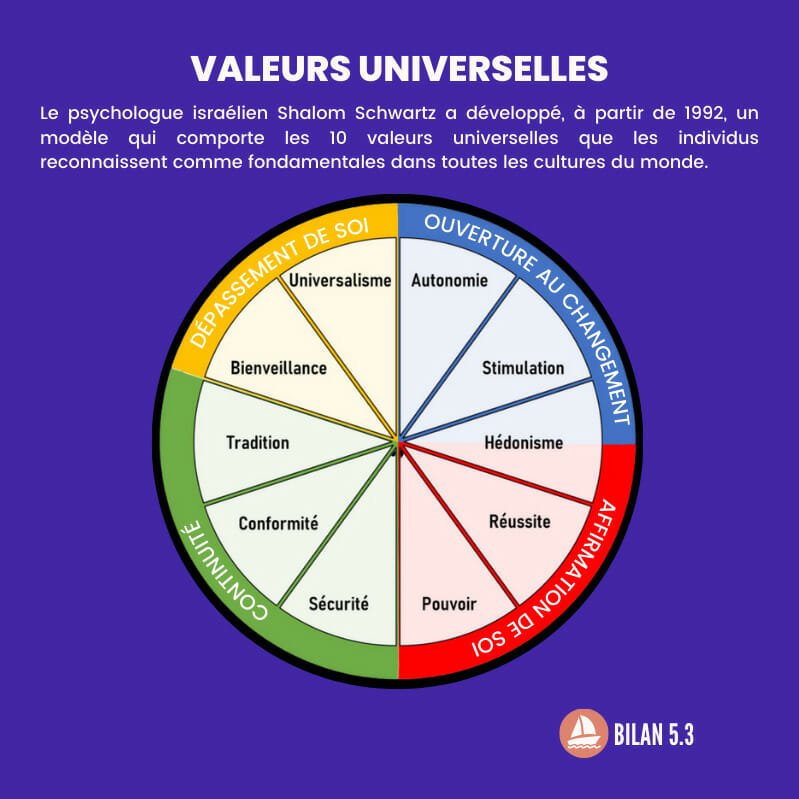When they feel in danger, cancer cells go to sleep, as bears can do in winter. They then devour their own proteins in order to survive, until the threat is gone.
-1610133895.jpg)
- Cancer cells use the same survival mechanism as mammals to survive: hibernation.
- When a threat looms, they hibernate to conserve their strength.
Make yourself very small to hope to slip through the cracks. This is, to sum up, the strategy adopted by cancer cells in our body. In a study published on January 7, 2021 in the journal Cellteams at the Princess Margaret Cancer Center (Canada) have discovered that when threatened, cancer cells have the ability to switch to a protective state, where the cells “rest” until the threat — most time the chemotherapy — be gone.
hide from danger
If cancerous cells arrive at such a sleight of hand, it is thanks to an ancient evolutionary survival mechanism. Cancer cells divide slowly to survive the harsh environment created by chemotherapy or other targeted agents. “The tumor acts like a whole organism, able to divide slowly, conserving energy to help it surviveexplains Dr. Catherine O’Brien, a researcher at the Princess Margaret Cancer Center and also an associate professor in the Department of Surgery at the University of Toronto. There are examples of animals that enter a reversible, slowly dividing state to withstand harsh environments. It seems that cancer cells have cleverly co-opted this same state for their survival..”
The survival mechanism of cancer cells works like bears when they hibernate in winter. Using human colorectal cancer cells, the researchers treated them with chemotherapy in a Petri dish in the lab. At this point, the slow division of cancer cells has stopped, allowing them to save the nutrients they need to survive. As long as the chemotherapy was applied to the box, the cancer cells remained in this state.
The same survival mechanism as mammals
In order for them to enter such a state, the metabolism of the cells has been reduced to the bare minimum. Thus, they adopt a survival technique used by certain mammals to preserve their bodies in the event of extreme environmental conditions, such as high or low temperatures or lack of food.
“Cancer cells are able to hijack this evolutionarily conserved survival strategy, even though it seems lost in humansadds Catherine O’Brien. All cancer cells enter this state in a coordinated way, in order to survive.” By comparing the genetic profile of cancer cells with the mouse – a mammal which, although it no longer hibernates, has retained this property within itself – the researchers realized that they were similar. During its “hibernation”, the cancer cell demonstrates autophagy, that is to say, it deflects its own proteins in the absence of nutrients in order to survive as long as possible. By inoculating a molecule that inhibits autophagy, cancer cells do not survive, which makes it easier for chemotherapy to kill them.
“This gives us a unique therapeutic opportunityemphasizes Catherine O’Brien. We need to target cancer cells while they are in this slow-cycling vulnerable state, before they acquire the genetic mutations that lead to drug resistance. It’s a new way of looking at chemotherapy resistance and how to overcome it.”
.















